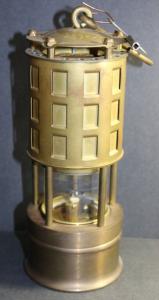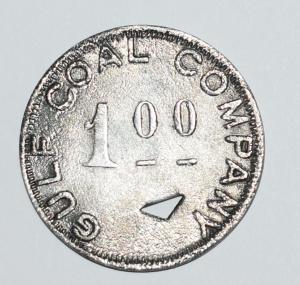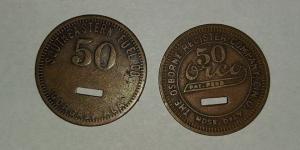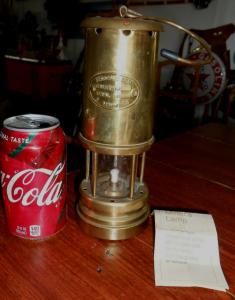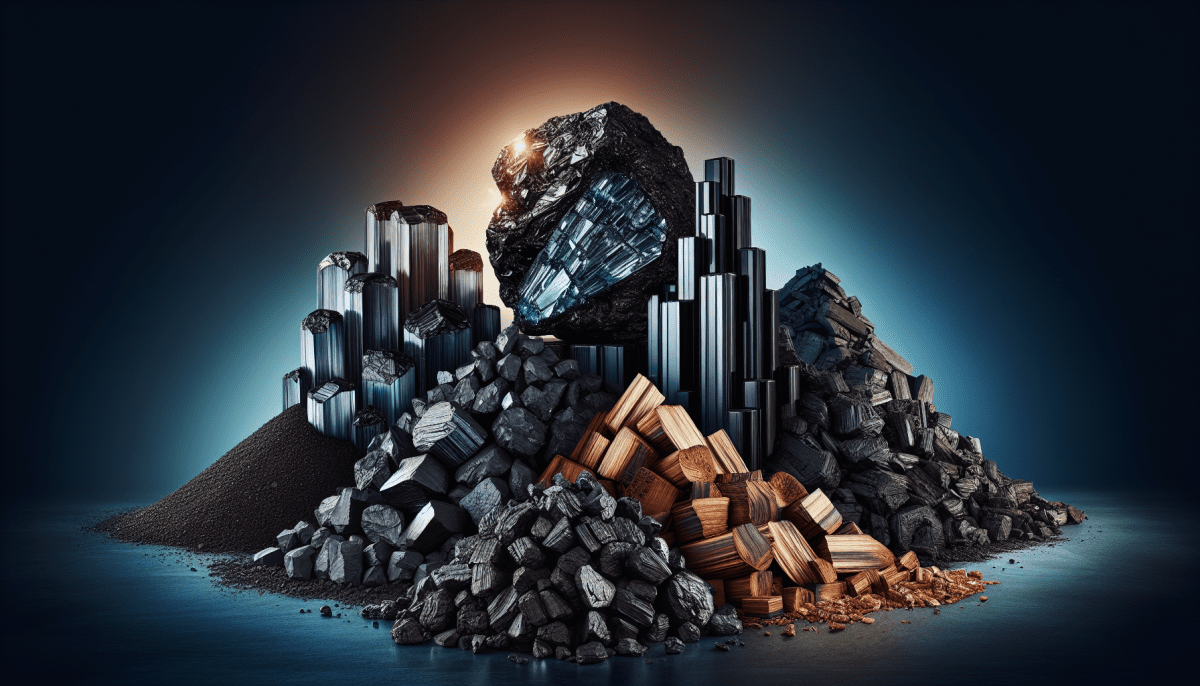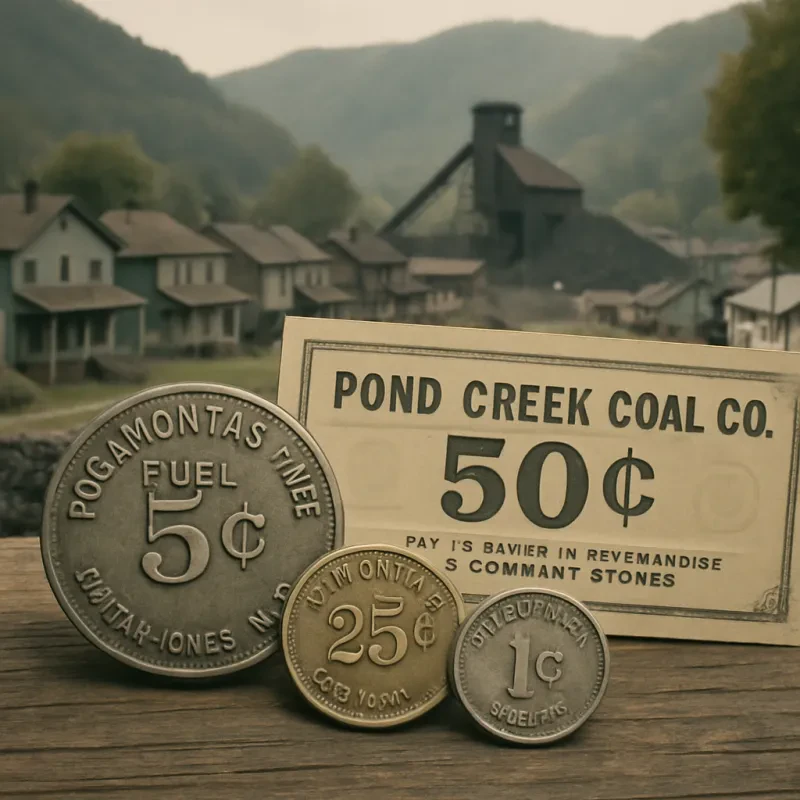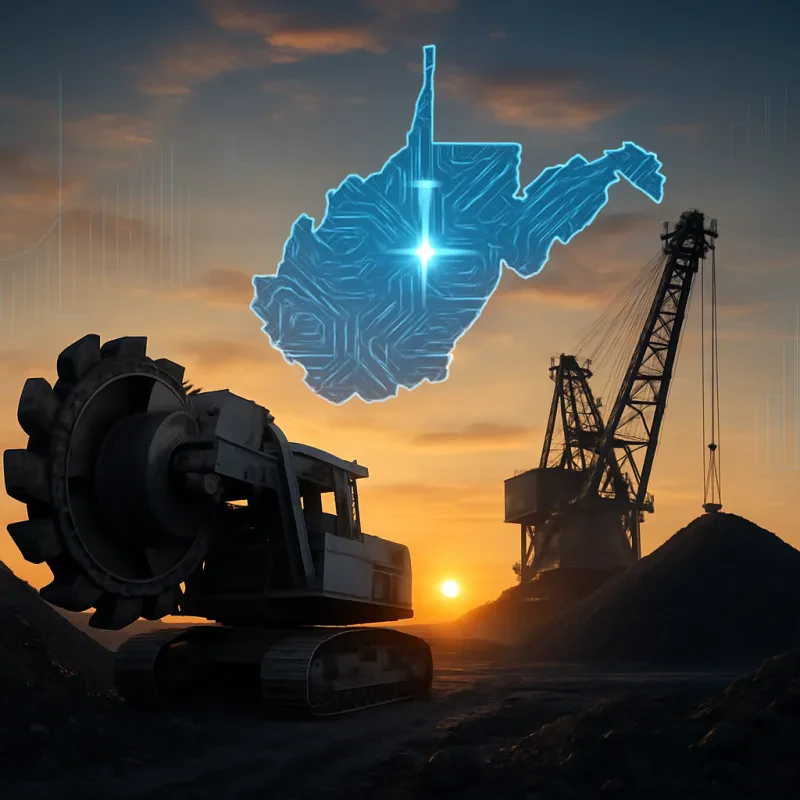Understanding the Different Types of Coal and Their Uses
Coal is one of the most essential fossil fuels, contributing significantly to global energy production and industrial processes. Knowing the different types of coal and their specific uses is crucial for industries that rely on this resource for energy and production capabilities. This article explores the various types of coal, providing insights into their characteristics and applications.
What is Coal?
Coal is a combustible black or brownish-black sedimentary rock composed mostly of carbon and hydrocarbons. It is primarily used as fuel to generate electricity and heat through combustion. Coal formation occurs over millions of years from the physical and chemical alteration of plant material under conditions of heat and pressure.
Coal is classified into four main types based on their properties and carbon content: lignite, subbituminous, bituminous, and anthracite. Lignite is the lowest grade of coal with high moisture content and low heat value. Subbituminous coal has a higher carbon content than lignite but lower than bituminous coal. Bituminous coal is the most commonly used type, with higher heat content and carbon percentage. Anthracite is the highest grade of coal known for its high carbon purity and energy output.
Each type of coal has specific applications in different industries. Lignite is often used in power plants for electricity generation due to its abundance but lower efficiency compared to other types. Subbituminous coal is commonly utilized in industrial boilers and as a source of steam for power generation. Bituminous coal serves as a primary fuel source for steel production, heating systems, and electricity generation worldwide. Anthracite is mostly used in residential heating systems due to its clean-burning properties.
Understanding these distinctions between various types of coal can help industries make informed decisions about which type best suits their needs while considering factors like efficiency, availability, cost-effectiveness, and environmental impact. By leveraging the unique characteristics of each type of coal effectively, businesses can optimize their operations while minimizing their environmental footprint.
Types of Coal and Their Characteristics
Coal is classified into four main types, depending on the amounts and types of carbon it contains and the heat energy it can produce. The quality of coal depends on its carbon content, which also affects its use. Here are the four primary types of coal:
1. Anthracite
Characteristics
Anthracite is the highest rank of coal, known for its high carbon content, usually between 86% and 98%. It is hard, glossy, and black in appearance. This type of coal has the highest energy content and burns the cleanest among all coal types, with fewer impurities, meaning it releases less pollution into the air.
Uses
Due to its high heat output and low smoke production, anthracite is ideal for residential heating, furnace applications in metallurgical industries, and as a filter media in water purification processes.
2. Bituminous Coal
Characteristics
Bituminous coal, the most abundant type of coal, contains 45%-86% carbon. It is usually black and soft and has a high heating value. Bituminous coal is also highly volatile, producing a significant amount of tar, light oil, and gas during the coking process, which is used to produce steel.
Uses
This type of coal is primarily used in generating electricity through thermal power, and it is essential in the production of coke, which is an important material in iron and steel manufacturing.
3. Sub-Bituminous Coal
Characteristics
Sub-bituminous coal is a type of coal that contains 35%-45% carbon. It is usually black to dark brown in color. It has a lower heating value and contains more moisture compared to bituminous coal but less than that found in lignite.
Uses
Sub-bituminous coal is mainly used in electricity generation due to its relatively low sulfur content and cleaner-burning properties compared to higher-grade coals.
4. Lignite
Characteristics
Lignite, often referred to as "brown coal," is the lowest grade of coal with the highest moisture content. It is brownish-black in color and has a high inherent moisture content, sometimes as high as 66%. It is the youngest type of coal, having the lowest carbon content, between 25% and 35%.
Uses
Lignite is mostly used in power stations directly adjacent to coal mines (known as mine-mouth power stations) due to its low energy density, which makes transportation uneconomical. It is also used in the production of synthetic natural gas and chemical products.
Coal Made Products
Coal figurines are unique and artistic creations that offer a distinct touch to home décor and gift items, capitalizing on coal's rich, dark texture to craft intricate and appealing designs. These figurines are typically made from coal dust mixed with a binder to help the mixture hold its shape. The process begins with finely ground coal, which is then combined with a resin binder in a specific ratio to ensure the mixture is malleable yet sturdy once set. The coal and binder mixture is then poured into molds, which can range from simple shapes to elaborate forms depending on the artist's design intentions. These molds are then allowed to cure, setting the mixture into a solid form. Once cured, the figurines are carefully removed from the molds and may undergo additional processes like sanding, painting, or lacquering to enhance their aesthetic appeal and durability.
Creating coal figurines not only provides a use for coal beyond its traditional fuel applications but also allows artisans to celebrate cultural heritage, especially in regions historically dependent on coal mining. These figurines often depict miners, wildlife, or regional landmarks, serving as a tribute to the communities associated with coal mining areas. The art of crafting coal figurines involves skillful precision and creativity, turning a raw, industrial material into works of art that carry significant cultural and historical resonance. The result is a beautifully finished product that retains the natural black sheen of coal, making these figurines popular as collectibles and gifts that symbolize the enduring spirit of coal-rich regions. Through this innovative use of coal, artisans not only keep the legacy of the mining communities alive but also promote a form of recycling that adds artistic and economic value to what is typically seen as a mere energy resource.
The type of coal used can significantly impact both its efficiency and the environment. Advanced technologies in coal utilization focus on enhancing the efficiency and reducing the environmental impact of coal use, particularly through emissions control technologies and efforts to capture and store carbon dioxide. By understanding the different types of coal and their specific applications, industries can optimize their processes and contribute to more sustainable energy consumption patterns.
Understanding these types of coal, their properties, and uses helps industries and energy sectors make informed decisions about energy production and environmental management. As the world moves towards more sustainable energy sources, the role of coal is also evolving, highlighting the importance of efficient and environmentally responsible utilization practices.
